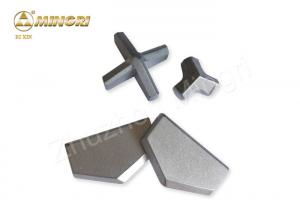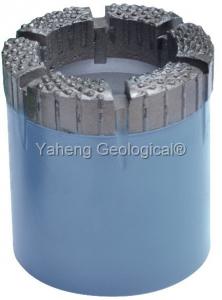
Metal Drill Bits: A Comprehensive Guide
Metal drill bits are essential tools for any DIY enthusiast or professional tradesperson. Whether you’re working on a home improvement project or a construction site, the right drill bit can make all the difference. In this article, we will delve into the various types of metal drill bits, their uses, and how to choose the perfect one for your needs.
Types of Metal Drill Bits

There are several types of metal drill bits available, each designed for specific applications. Here’s a breakdown of the most common types:
| Type of Bit | Description | Best Use |
|---|---|---|
| High-Speed Steel (HSS) | Composed of high-speed steel, these bits are versatile and suitable for general metal drilling. | Soft metals, such as aluminum and brass |
| Carbon Steel | Carbon steel bits are more durable than HSS bits and can handle harder materials. | Stainless steel, mild steel, and cast iron |
| Carbide-Tipped | Carbide-tipped bits are made with a hard, durable material that can withstand high temperatures and wear. | Hard metals, such as titanium, tool steel, and high-speed steel |
| Black Oxide | Black oxide-coated bits reduce friction and heat, making them ideal for drilling in stainless steel. | Stainless steel and other non-ferrous metals |
Choosing the Right Metal Drill Bit

When selecting a metal drill bit, consider the following factors:
- Material: Different materials require different types of bits. For example, carbide-tipped bits are ideal for drilling through hard metals, while HSS bits are suitable for softer materials.
- Size: The size of the bit should match the size of the hole you need to create. Using a bit that’s too small or too large can damage the bit or the material.
- Shank Type: The shank of the bit must be compatible with your drill. Common shank types include straight shank, hex shank, and chuck key shank.
- Flute Design: The flute design affects the bit’s ability to remove chips from the hole. A good flute design ensures smooth drilling and reduces the risk of bit breakage.
Drilling Techniques

Drilling through metal requires a steady hand and the right technique. Here are some tips to help you achieve successful drilling:
- Use the Right Speed: The speed at which you drill will depend on the material and the bit type. Generally, slower speeds are better for harder materials, while faster speeds are suitable for softer materials.
- Apply Even Pressure: Applying even pressure as you drill will prevent the bit from wandering and ensure a clean, straight hole.
- Use Cutting Fluid: Cutting fluid can help reduce friction and heat, making the drilling process smoother and extending the life of your bit.
- Start Slowly: Begin drilling at a slower speed and gradually increase the speed as the bit starts to cut through the material.
Maintenance and Storage
Proper maintenance and storage of your metal drill bits can extend their lifespan and ensure they remain in good condition:
- Clean the Bits: After each use, clean the bits to remove any metal shavings or debris. This will prevent rust and ensure the bits remain sharp.
- Store Properly: Store your bits in a dry, cool place. Avoid stacking them on top of each other, as this can cause them to become bent or damaged.
- Inspect Regularly: Regularly inspect your bits for signs of wear or damage. Replace any bits that are no longer in good condition.
Metal drill bits are a vital tool for anyone working with metal. By understanding the different types of





